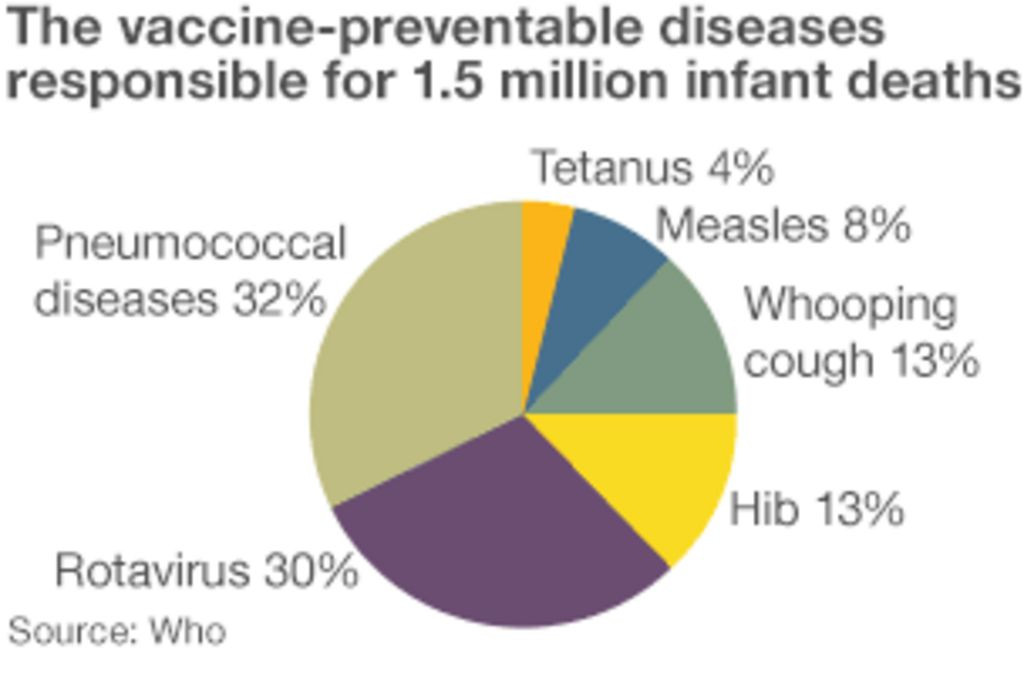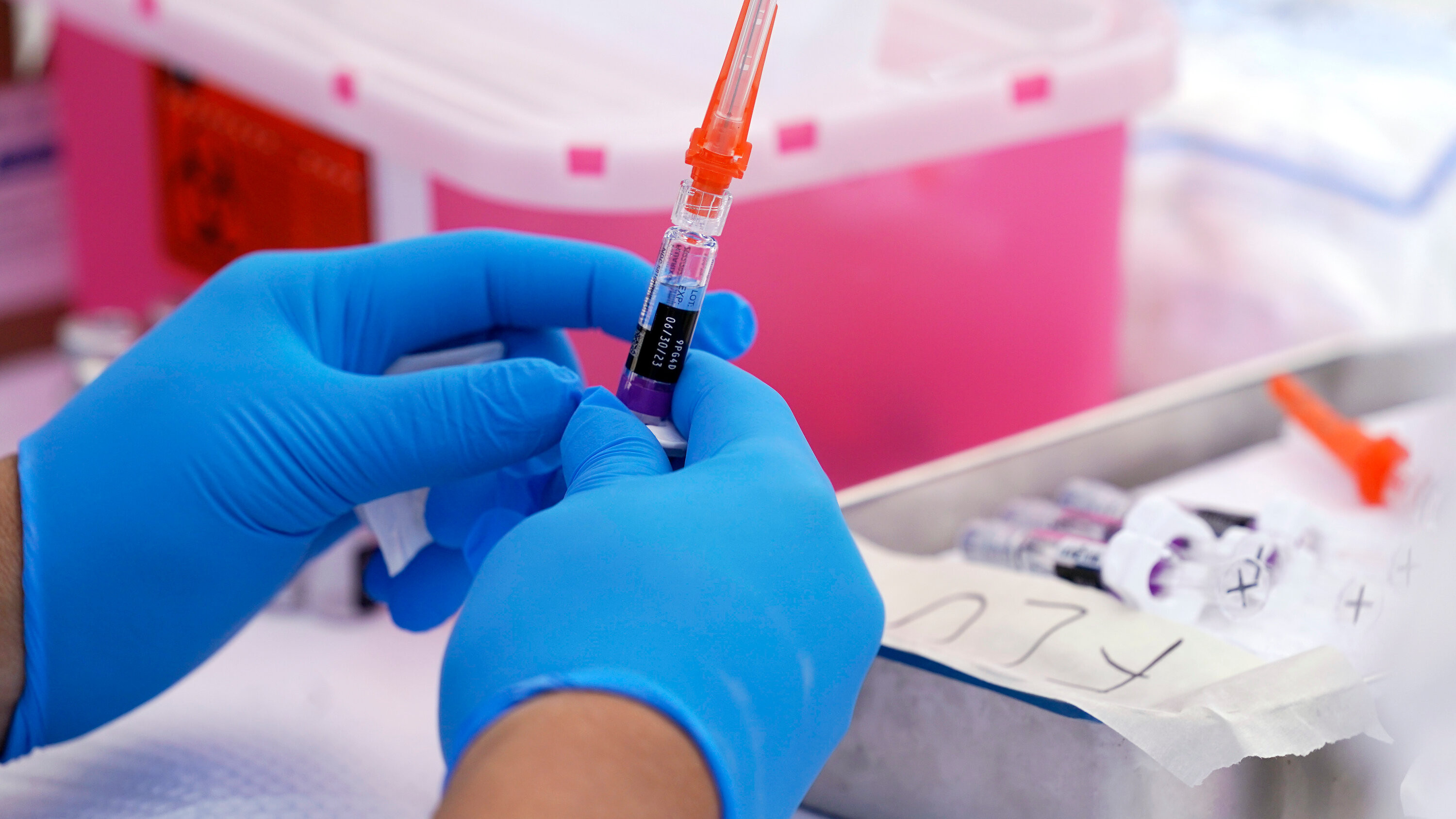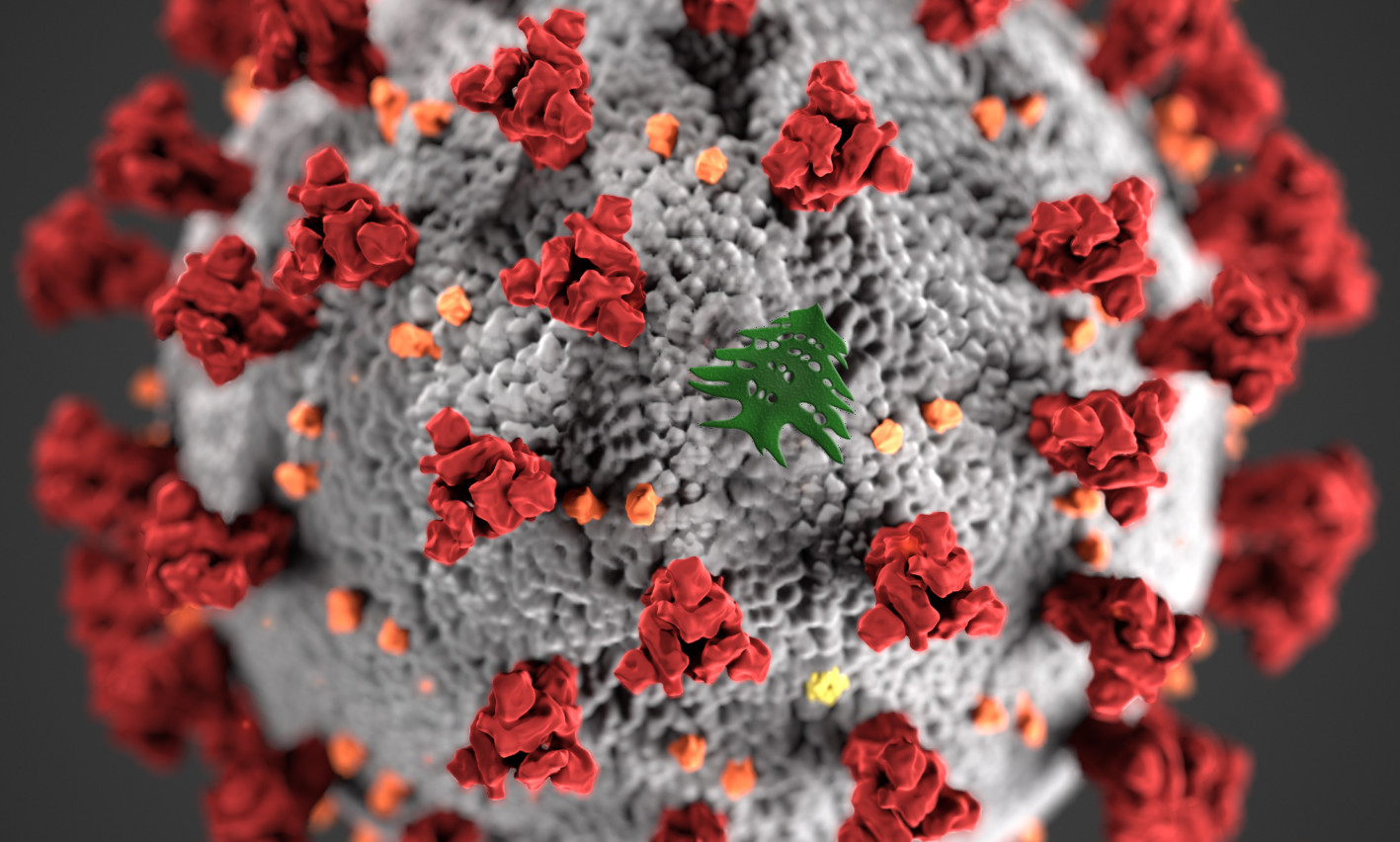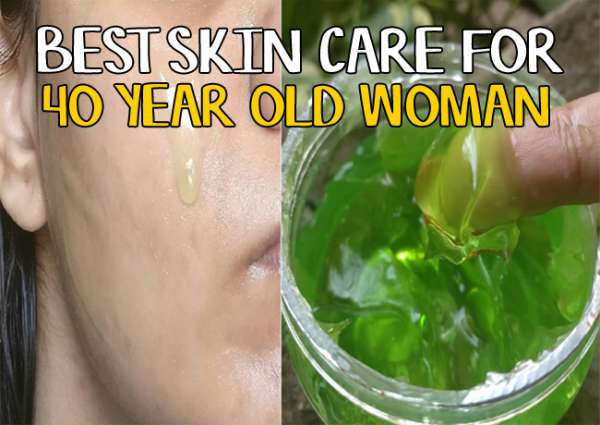Cancer is the second leading cause of death in the United States, second only to heart disease. According to the American Cancer Society (ACS), almost half of all cancer deaths in people over 30 can be prevented since they are due to risk factors that we can control. (Risk factors such as age and gender are not modifiable.) Potentially modifiable risk factors contributed to more than half of the cancer cases and deaths in 19 of the 30 types of cancer evaluated in a recent ACS study. Lung cancer, breast cancer, melanoma, and colorectal cancer had the highest numbers of cases attributed to modifiable risk factors. The “CA Cancer Journal for Clinicians” published this study on July 11.
Modifiable Risk Factors for Cancer
This study looked at several risk factors including cigarette smoking, secondhand smoke, alcohol intake, processed and red meat intake, physical inactivity, ultraviolet sun exposure, and diets poor in fruits, vegetables, fiber and calcium. It also looked at seven types of cancer causing infections such as hepatitis B, hepatitis C, human immunodeficiency virus (HIV), and human papillomavirus (HPV).
Cigarette Smoking and Secondhand Smoke
Cigarette smoking contributes to 19.3% of cancer cases and almost 28.5% of cancer deaths in the U.S. Farhad Islami, MD, PhD, a senior scientific director of research at the ACS, was the lead author of this study.
“Despite considerable declines in smoking prevalence during the past few decades, the number of lung cancer deaths attributable to cigarette smoking in the United States is alarming,” he said in a press release. “This finding underscores the importance of implementing comprehensive tobacco control policies in each state to promote smoking cessation, as well as heightened efforts to increase screening for early detection of lung cancer, when treatment could be more effective,” he continued. Secondhand smoke can be deadly as well. It has been well documented that non smokers exposed to secondhand (and even third hand) have an elevated cancer risk. Cigars, pipe tobacco, and chewing tobacco are risk factors for oral cancers.
Excessive Body Weight
Excessive body weight is a serious public health concern and an important risk factor in cancers of the breast, colon and rectum, pancreas, kidney, uterus, liver, and esophagus. Obesity contributes to about 20% of all cancer cases. Recent research has shown that fat cells can help cancer development through changes in the gut biome, chronic inflammation, the production of hormones that can promote tumor growth, and changes in insulin signaling.
Diet and Nutrition
We can improve our chances of avoiding cancer by eating a healthier diet. About 60% of our daily calories comes from ultra processed foods (UPF). An analysis published in “Clinical Nutrition (June 2023)” concluded that there was a significant association between eating UPFs and the overall risk of several cancers, especially colorectal, breast, and pancreatic. A diet low in whole grains, vegetables, and fiber has been linked to an increased risk of cancer.
Sun Exposure
While Australia has the highest incidence of melanoma and other skin cancers, Arizona is not far behind in cancer statistics. The ACS estimates that 3,000 Arizonans will be diagnosed with melanoma this year. Sun exposure accumulates over the years and baby boomers who slathered on the baby oil and baked in the sun are reaping the consequences now. What we did not know then, we do now and are more diligent with the sunscreen and hats when outdoors. We should have regular skin cancer screening, as well as take preventative measures.
Physical Activity
Physical exercise also plays a role in cancer prevention. The journal “Radiation Oncology, March 2021” showed evidence that moderate to vigorous exercise protects against breast and colon cancer. Exercise reduces overall inflammation, high insulin levels, sex hormones, and increases anti-inflammatory obesity related proteins that increase inflammation and adiponectin, a protein that regulates blood sugar and fat metabolism. The authors surmise that exercise is probably beneficial in lessening risk of all cancers also because it improves our immune function and gastrointestinal flora. We do not need to be marathon runners or Olympic swimmers to reap the benefits of exercise. Even increasing our daily physical activity with walking for 30 minutes or chair exercises will help.
Alcohol Consumption
There has been much research evaluating increased cancer risks with alcohol consumption. Heavy, and sometimes moderate drinking can lead to breast, colorectal, esophageal, and liver cancer. The more one consumes, the higher the risk. The National Toxicology Program of the U.S. Department of Health and Human Services published its “Report on Carcinogens 1 (Fifth Edition, 2021)” and listed alcoholic beverages as a known human carcinogen. The ethanol in alcoholic drinks is metabolized to acetaldehyde which is toxic and can damage our DNA and proteins. This can make it more difficult for the body to break down and absorb a variety of nutrients such as Vitamins A, C, D, E, and B complex. It also can increase blood levels of estrogen which is linked to breast cancer. During the fermentation and production processes, alcoholic beverages may also incorporate various carcinogenic contaminants such as nitrosamines, asbestos fibers, and hydrocarbons.
Infections
There are some diseases that can lead to cancer. Hepatitis B can cause cirrhosis and liver cancer. HPV can lead to cervical, head and neck, and anal cancers. Both of these are preventable through vaccinations. Cancers can develop from the reduced immune function caused by HIV. The risk of transmission of HIV and subsequent cancers can be lessened through safe sex practices, avoidance of illicit drug use and other such behaviors.
A Call for Action
While we have some excellent cancer treatments, they can have unpleasant side effects with few guarantees of cure, and can seriously impact quality of life. Lets try to prevent cancers from developing by healthy lifestyles and reducing our risks where we can.

















